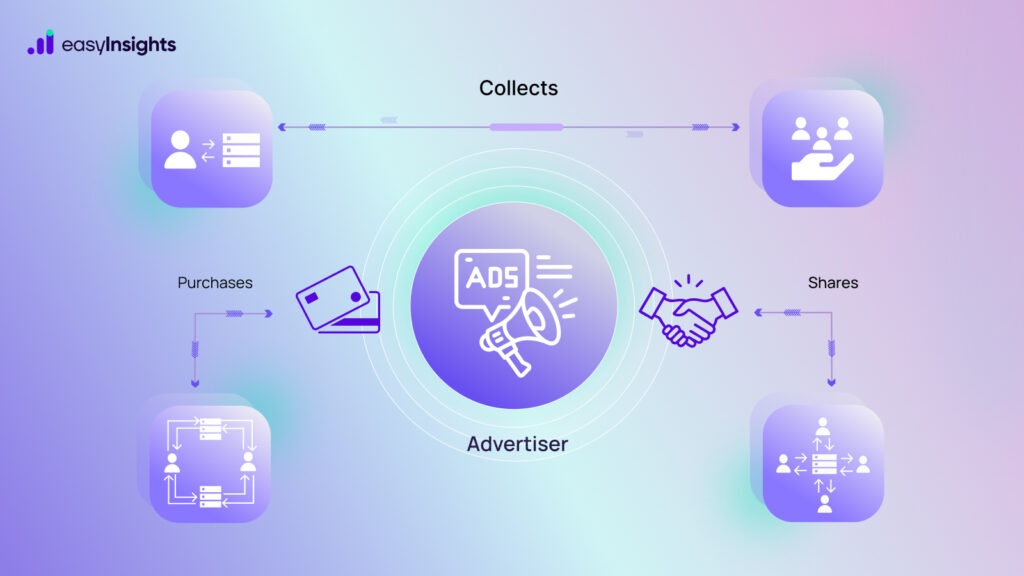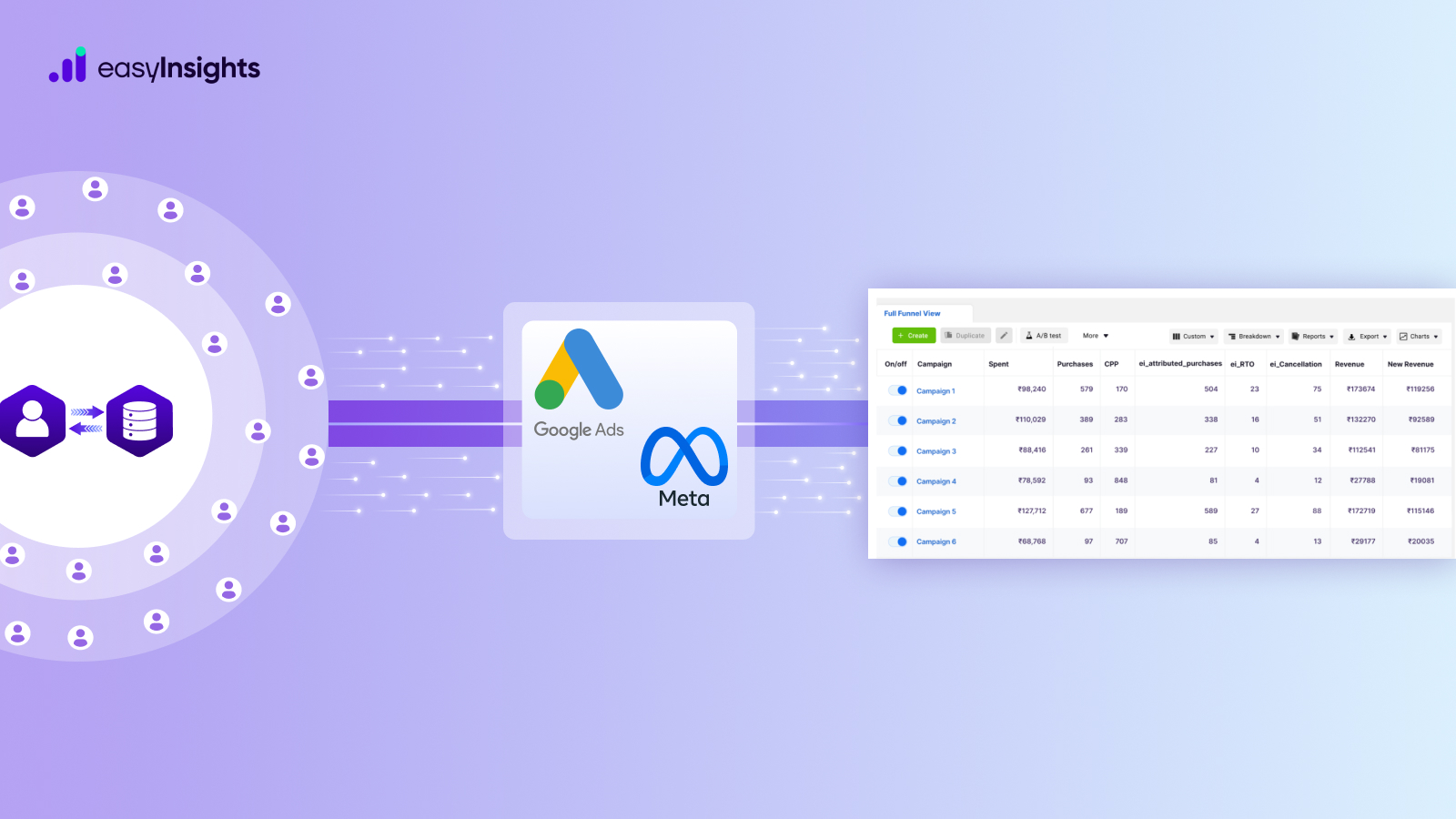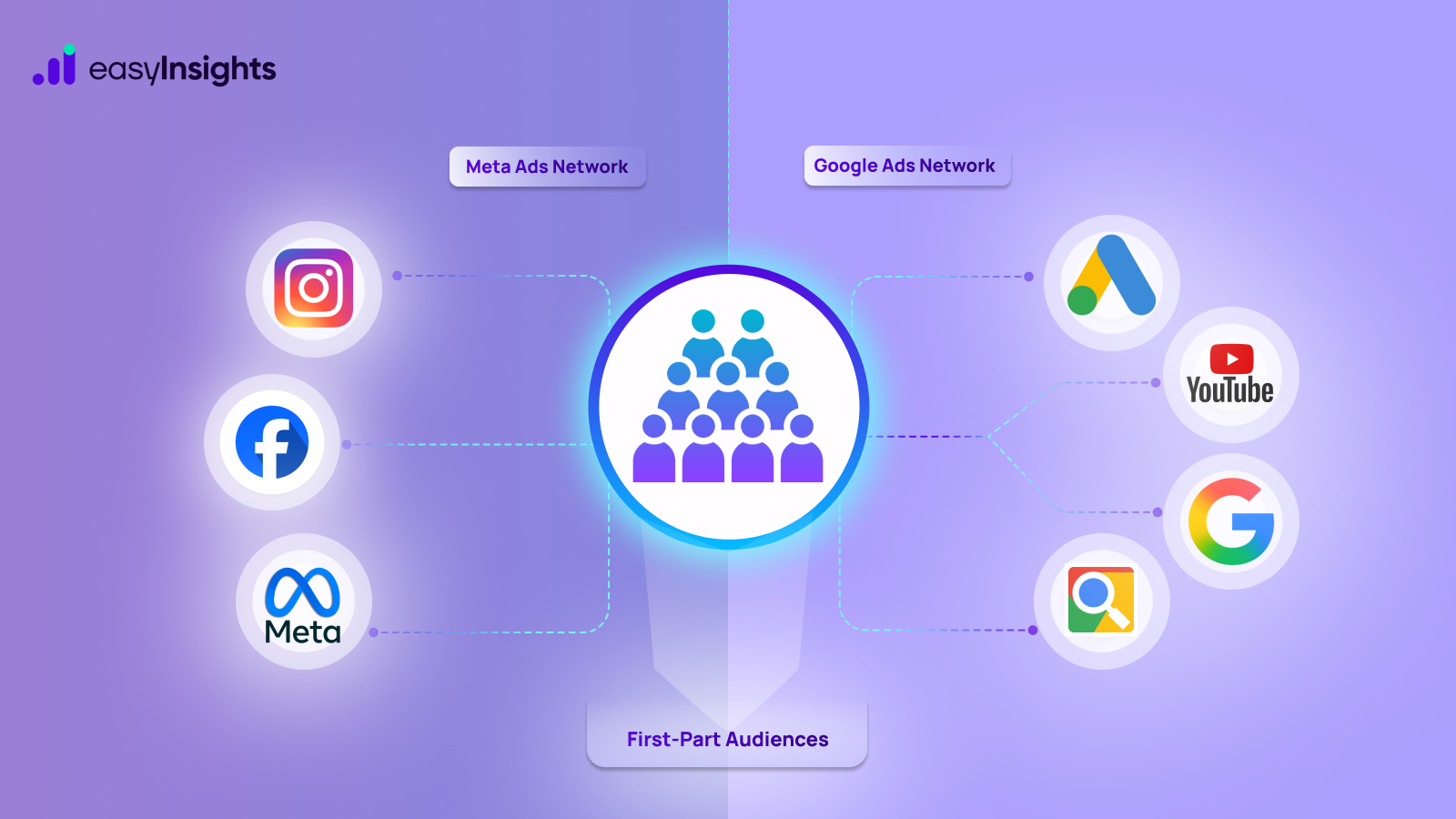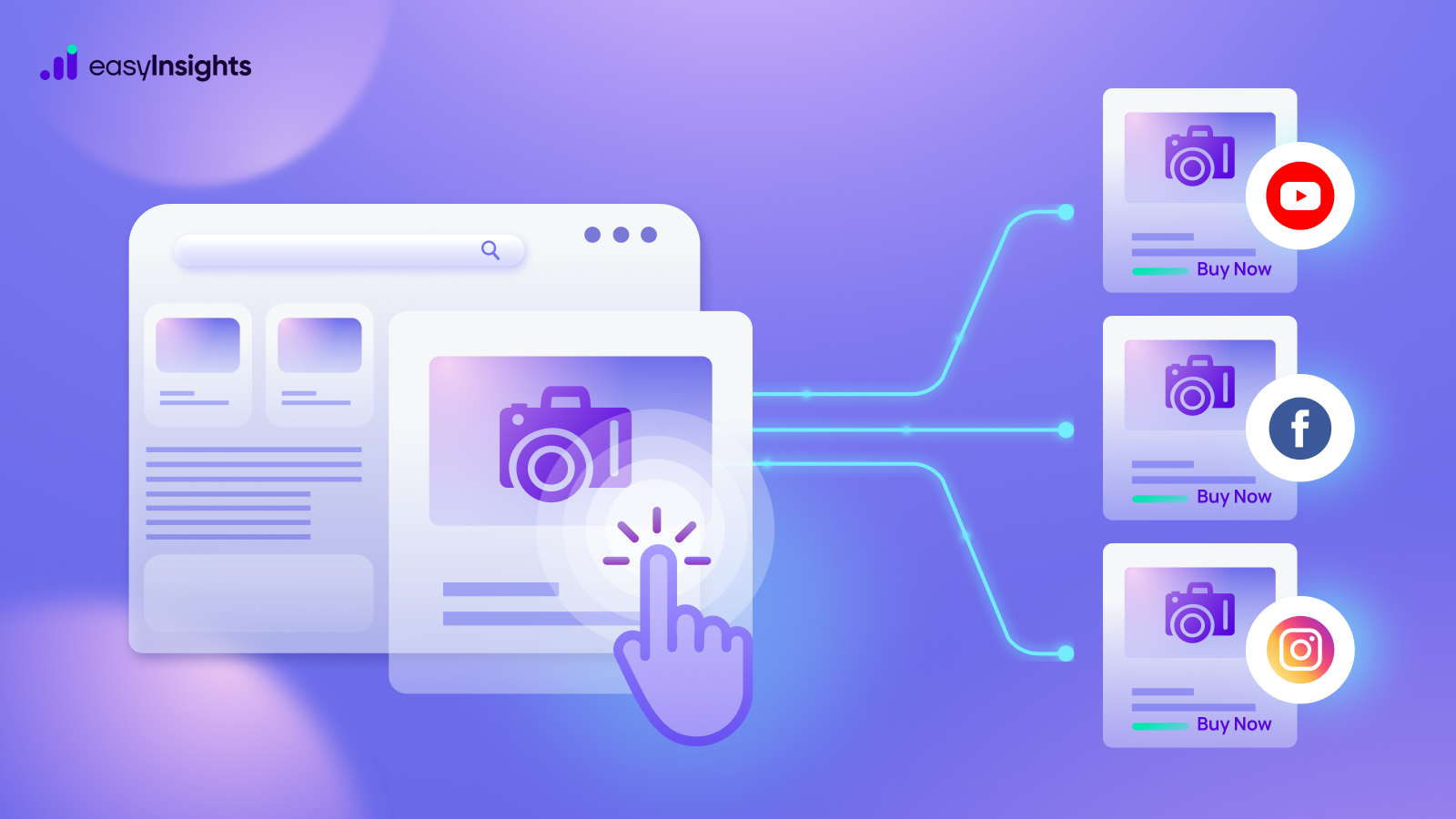
Ever wondered what marketers mean when they talk about first-party, second-party, or third-party data? And now there’s even something called zero-party data. Sounds confusing, right?
Think of these as different ways businesses get to know their customers, some directly, some indirectly, and some through trusted partners. With privacy changes, cookie bans, and people being more cautious about how their data is used, understanding these data types has never been more important.
In this blog, we’ll walk you through each type of data, how it’s collected, and what role it plays in shaping smarter, more effective marketing strategies.
Jump ahead to:
What is First-Party Data?
First-party data refers to the information your brand gathers directly from your own audience through platforms and touchpoints that you own and control. This includes your website, mobile app, email campaigns, customer service chats, social media pages, and even in-person interactions.
You collect this data naturally as part of doing business, whether it’s through online forms, product purchases, live chat, newsletter signups, or support calls.
Insights you gain:
- Customer demographics
- Purchase history
- On-site browsing behavior
- Mobile app usage
- Email open and click rates
- Conversations with your sales or support team
- Survey responses and feedback
- Declared interests and preferences
It’s the most reliable and valuable type of data because it comes straight from the source – your customers, without any intermediaries. It also allows brands to build stronger relationships with their audience, offering more personalized experiences while respecting privacy, since customers knowingly share their information.
Also Read: Establishing First Party Data Strategies
What is Second-Party Data?
Second-party data is essentially someone else’s first party data that you acquire from a trusted partner. It’s shared between two trusted parties, typically non-competing brands and is gathered from the partner’s audience across platforms they own and control. This data is just as reliable as first party data because it’s collected directly from the source, but instead of you collecting it, your partner does.
Insights you gain:
- Customer behavior on a partner’s website or app
- Purchase trends across a similar target audience
- Loyalty program or membership activity
- Survey responses collected by the partner
- Demographic or geographic details from their audience
- Engagement with their marketing campaigns or content
- Interests and preferences relevant to your industry
This data is usually shared as part of a strategic collaboration, co-branded campaign, or data-sharing agreement, where both parties see mutual value.
For example, a hotel chain might partner with an airline to exchange customer data and deliver personalized travel deals to each other’s audiences.
Once acquired, second-party data should be handled just like first party data. This means securely storing it, cleaning and validating it for accuracy, and integrating it into your systems for seamless use in campaigns. When combined with your first party data, second-party data can offer a much broader view of your audience, helping you uncover new opportunities, refine your targeting, and create campaigns that resonate with a wider customer base.
Second-party data helps you expand your reach while maintaining quality and accuracy, especially when you and your partner serve a similar customer base.
What is Third-Party Data?
Third-party data is information that you acquire from data aggregators rather than directly from the source. These aggregators don’t collect data themselves but compile it from various companies and external sources into a single large dataset.
Because it is pulled together from numerous places—ranging from major platforms to smaller websites—there is often little clarity about the audience’s origin or how the data was gathered. This lack of transparency makes third-party data less reliable compared to first or second-party data, yet it is still widely used in digital marketing because of its ability to provide scale.
Insights you gain
- Demographic information (age, gender, income level)
- Online behavior and interests
- Purchase intent or browsing activity across multiple sites
- Location data
- Device usage patterns
- Aggregated behavioral segments
Most third-party data is purchased through demand-side platforms (DSPs) or data management platforms (DMPs) that specialize in audience targeting for advertising campaigns.
Well-known marketplaces offer massive datasets that marketers can buy programmatically to reach a wide range of audiences. When combined with first party data, third-party data can help improve targeting by providing additional insights and behavioral patterns, especially when a brand’s own customer data is limited.
Businesses need to be selective when choosing third-party providers, conducting thorough research to understand their data collection practices and ensure they meet both legal and ethical standards. Despite its risks, third-party data remains useful for building large-scale advertising campaigns, but its value is declining as the industry shifts toward privacy-first approaches and cookie deprecation.
What is Zero-Party Data?
Zero-party data is a relatively new concept that has gained attention in recent years, often causing confusion because it closely overlaps with first-party data. The term, coined by Forrester Research, refers to data that a customer intentionally and proactively shares with a brand.
In simple terms, zero-party data is information that customers give willingly and directly making it highly reliable and actionable.
Unlike first party data (which is observed from user behavior) or third-party data (gathered externally), zero-party data is customer-declared and often shared in exchange for personalized content, product recommendations, or better service. Brands collect zero-party data through:
- Quizzes and product finders
- Surveys and polls
- Preference centres (e.g., choosing email topics or frequency)
- Custom profiles and onboarding forms
- Interactive tools that ask for likes/dislikes or needs
Zero-party data puts the power in the hands of the consumer, and the most successful brands are those that know how to use it responsibly to deliver value. When people feel heard and understood, they’re more likely to engage, convert, and remain loyal. In a world moving towards privacy-first marketing, zero-party data isn’t just useful, it’s essential.
Key Differences Between First, Second, and Third-Party Data
The main differences between these three types of data lie in who owns the data, how accurate and reliable it is, the privacy risks, and how it’s typically used in marketing.
| Feature | First-Party Data | Second-Party Data | Third-Party Data |
| Source | Collected directly from your customers. | Acquired from a trusted partner | Collected by data aggregators from multiple sources. |
| Ownership | Your business | Trusted partner | External provider/ Data Aggregator |
| Accuracy | Highly accurate as it comes directly from customers. | Generally accurate because you know the partner’s collection process. | Variable Sources; often less reliable due to unknown sources. |
| Privacy Risk | Low | Low to moderate | High |
| Marketing Use Cases | Personalization, retention | Audience expansion | Broad-targeting, acquisition |
Leverage Your First Party Data with EasyInsights
EasyInsights helps performance marketers unlock the true power of their First Party Data. Our platform seamlessly unifies data from all your marketing channels, including Google Ads, Meta, Shopify, CRMs, and more into one clean, analytics-ready dashboard. By automating complex data pipelines and ensuring data accuracy across platforms, we enable brands to make faster, smarter decisions without the manual grunt work.
see what EasyInsights.ai does:
- Our lightweight pixel collects first-party user data from your website accurately and privacy-compliantly.
- Events are sent via server-side APIs (Meta CAPI, Google Enhanced Conversions) to improve attribution and event match quality.
- We integrate your CRM and offline events (like deals won or store visits) to enable full-funnel measurement.
- Sync enriched segments with Customer Engagement Platforms (CEPs) for real-time personalization across channels like email, SMS, and push.
With EasyInsights, your first-party data isn’t just tracked — it’s activated across your marketing stack for better targeting, better attribution, and better ROI.
To know more Book a demo Today!








